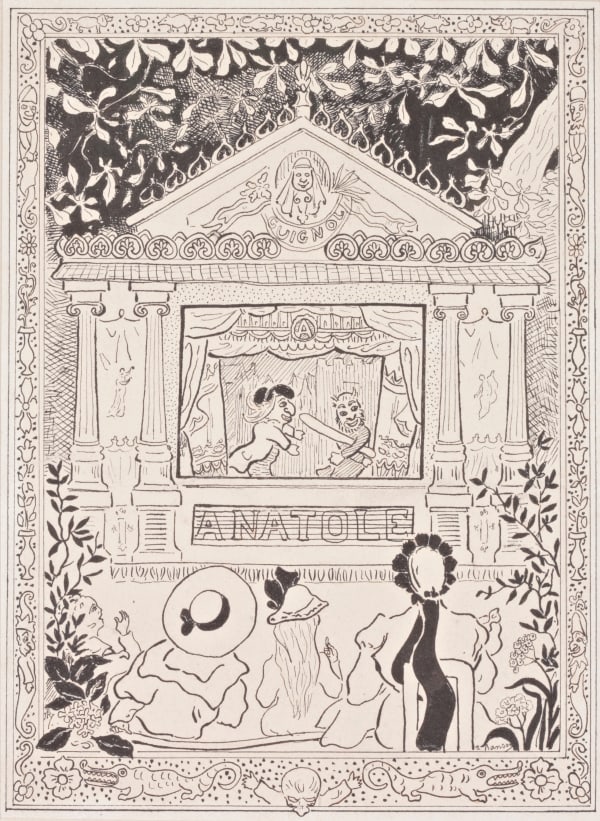Armand Guillaumin French, 1841-1927
Armand GUILLAUMIN , Impressionist painter with intense colors, is famous for his landscapes of Paris, Creuse and Esterel areas.
Born in Paris in a working-class family recently emigrated from Moulins in Bourbonnais, where he spent as a child his vacations, he started to work at the age of 15 in his uncle's store in 1857, while attending evening drawing lessons.
In 1860 he was engaged as employee on the Paris-Orleans railway line, while keeping on drawing during his free time, before attending the Academy Suisse where he met Cezanne and Pissarro, with whom he will all his lifetime remain in narrow friendship.
After spending two years without working, since he could not live from his painting, he will work from 1868 on, as a night working employee in the Highways Department, in order to be able to paint during day time.
At the beginning of the 1870s, he worked with Pissarro in Pontoise, a village of farmers hardly affected by industrialization where Pissarro had settled, sharing with him his love for landscapes and making his Pissarro's style and carefully constructed pictorial composition.
They then often visit Paul Gachet in Auvers, a doctor practising medicine in Paris in a working district, who was socialist, free-thinker, and a regular visitor of the Café Guerbois just as Pissarro . Cézanne settled in Pontoise in 1872 to better follow the instructions of his mentor, Pissarro, then in Auvers in 1873 where Dr. Gachet placed a housing at his disposal. Cézanne made a portrait of Guillaumin entitled "Guillaumin at the Hanged man", Cézanne, at that time, signing frequently his works this way.
Guillaumin formed part of the first group exhibition of the Impressionists in 1874 and was to exhibit his works to most of the ensuing shows, as well as to the Salon des Refusés.
Zola in his article "Naturalism at the Salon" writes in 1880: : "[...] the true revolutionaries of the form appear with Mr. Édouard Manet, with the Impressionists, Mr Claude Monet, Renoir, Pissarro, Guillaumin, and others too.
These painters intend to leave workshops in which painters shut themselves up since so many centuries, to go outdoor to paint in open air, simple fact the consequences of which are considerable. In plein-air, light is not unique any more, and consequently multiple effects diversify and transform radically the aspects of things and human beings. This study of light effects [... ] is what one called more or less properly Impressionism, because a painting consequently becomes an impression of one moment felt in front of nature.
[... ] Mr Pissarro, Sisley, Guillaumin went in the footsteps of Mr. Claude Monet[... ] and they endeavoured painting pieces of nature around Paris under real sunlight, without giving up in front of the most unforeseen effects of coloring. «
Towards the end of the 1880s he became a friend of Van Gogh, and some of his paintings were sold by Théo Van Gogh.
In the 1890s, his painting was to become more subjective, and he started using very expressive colors, soon anticipating the Fauves.



